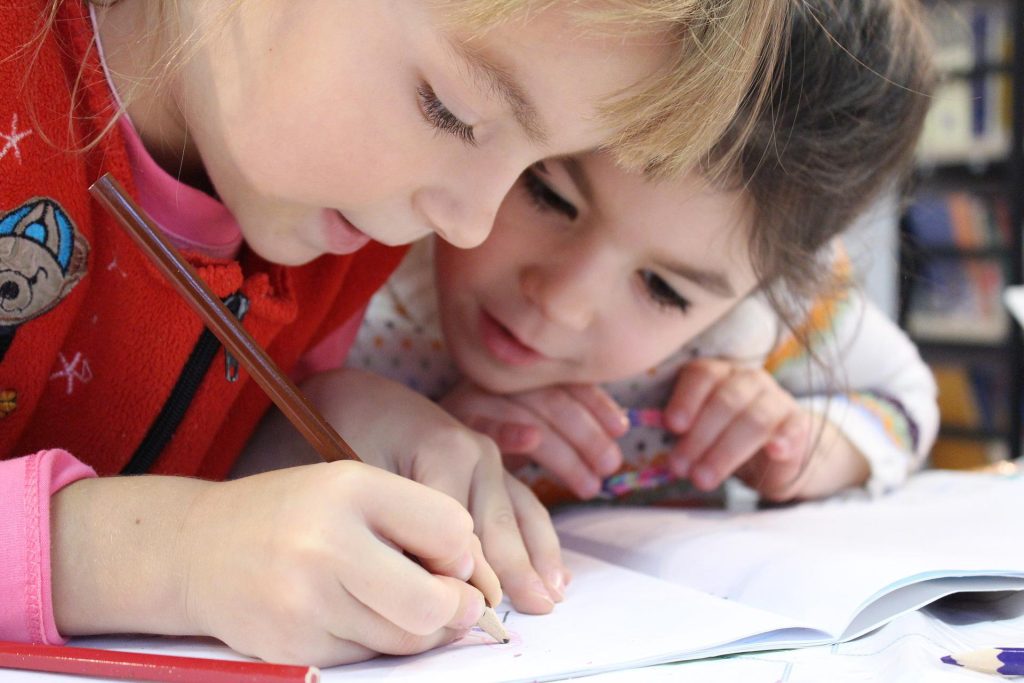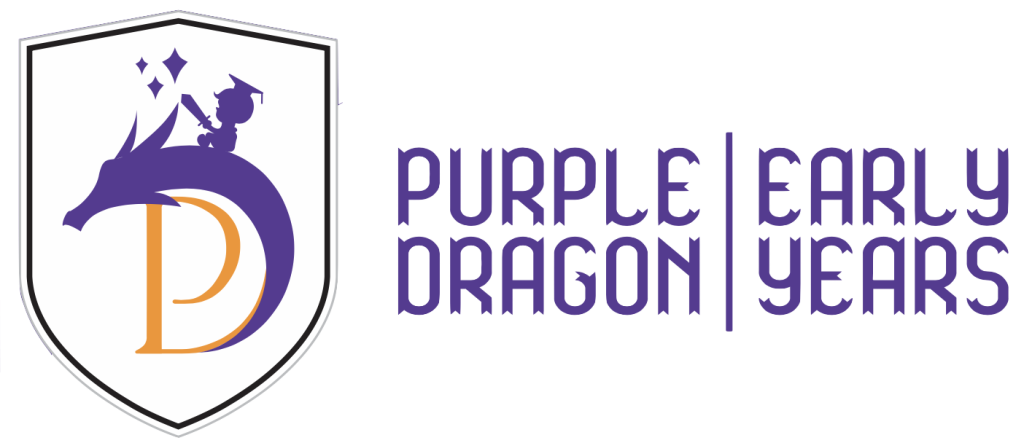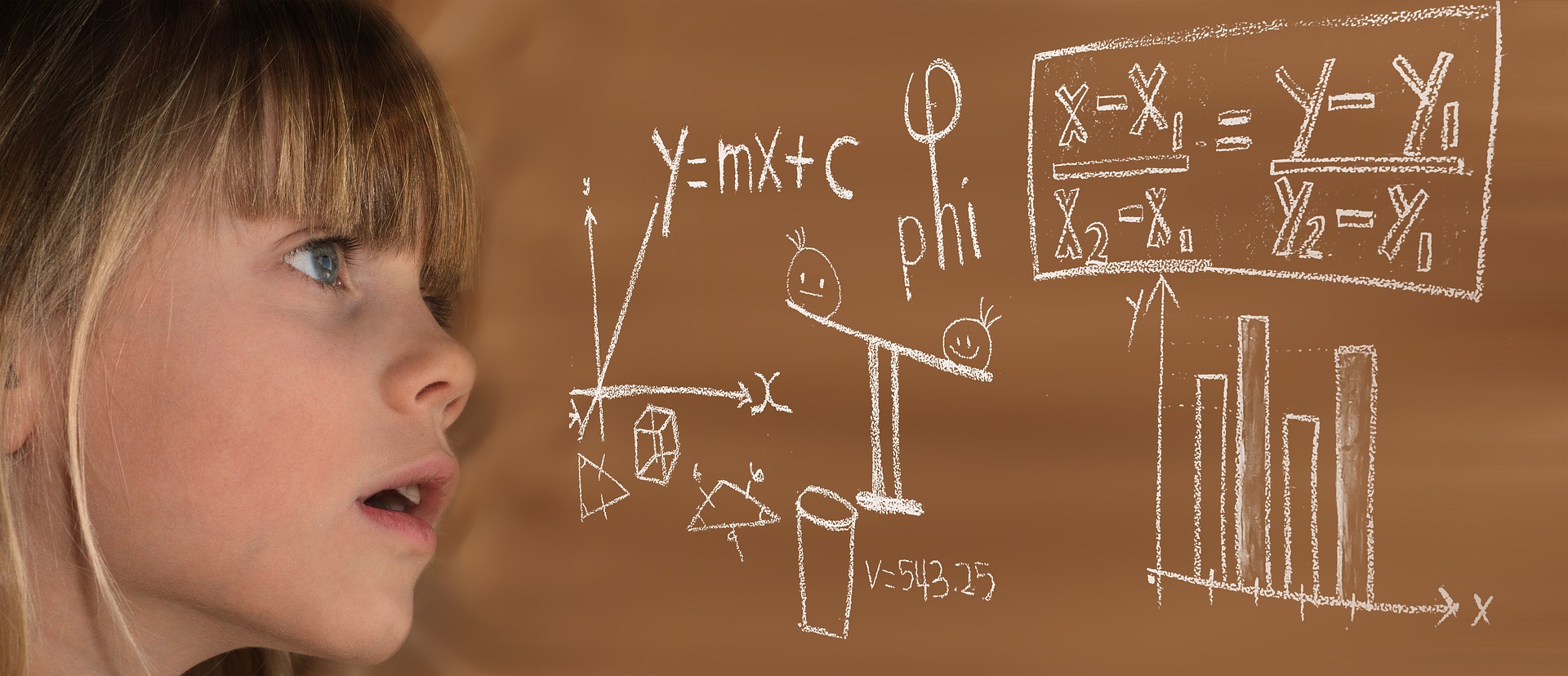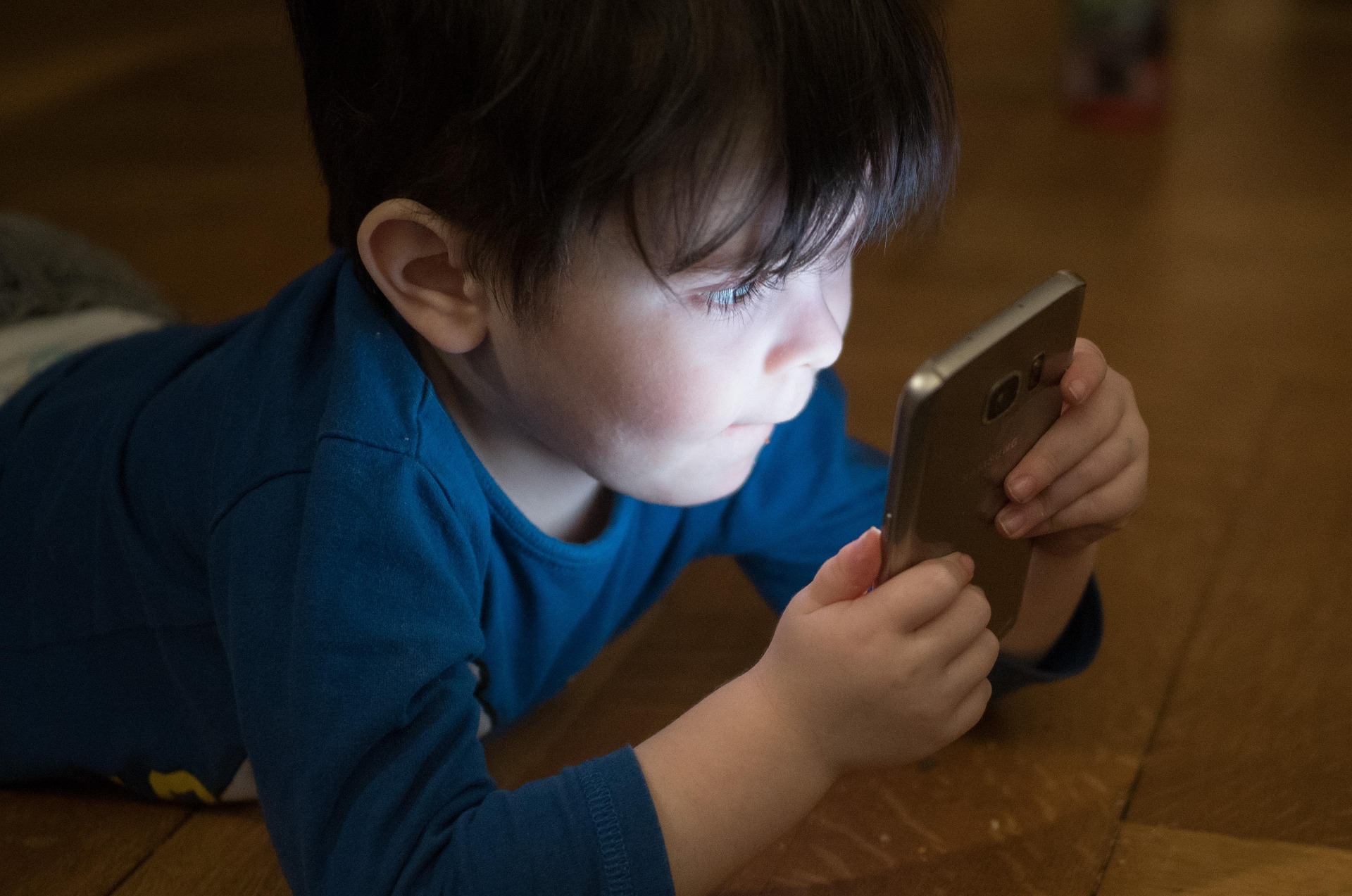Ever wonder whether your children are understanding a concept like addition or simply parroting 1 + 1 = 2 from memory? Why is that distinction important? Research shows that when information is superficially memorized it is forgotten easily. Conversely, when something is understood, it is not forgotten easily and it can be transferred and applied to other situations to help find solutions. This is the basis of Principle 8 of the UNESCO report on How Children Learn [2002], which also supports the 5th Principle to be strategic in learning. In addition, Principle 9 refers to applying lessons to real life, and other, situations such that a child’s understanding of the lesson from the instruction example can be generalised and applied to other similar situations.

Therefore, when materials and lessons are applicable to real world situations and practical rather than relying on rote memorisation and applied strategically as a solution set, then the educational result is superior and more meaningful to the child. This leads to durability of the learning and an ability to continuously improve and reapply to new situations. In short, to become lifelong learners.
The report suggests that teachers should give children the opportunity to think about what they are learning and doing, talk about it to others (social interaction based learning), check their understanding and consider how it applies to other similar situations. This is similar to the “Be Strategic” principle in that it is about mechanisms for learning but more focused on memory via understanding rather than deploying the specific mechanism.

It should be becoming clearer now how all these 12 principles of how children learn are interrelated and must be actively connected via a curriculum and teaching method. In the example of addition via counting on fingers, the mechanism is the strategy for learning that three plus three equals six but is also the means of understanding how addition works and therefore being able to apply that understanding to any addition problem. Once addition is accomplished this understanding can then be applied to subtraction, multiplication and so on as each is interrelated via the logic of mathematics.
Indicated action:
These two principles are all about talking to children and explaining things to them rather than merely asserting they are true. In short it is about answering those incessant why questions in as much detail and as logically as possible, also relating the answer and explanation to other similar things that they may already know. It is important to bear in mind any past knowledge that may clash and deal with it gently, never ridiculing or laughing at the child, and relating the knowledge or descriptions to mechanisms or concepts to help them understand rather than just placing the knowledge in the memory bank [see also our posts on “Children need to know things to learn things” and “Why do children ask why?”].

Personal experiences and observations are helpful. The maxim “seeing is believing” is helpful here, as are all our other senses. It is helpful to set up a situation so that children can observe and actually try things, to experiment and witness real world actions and reactions for themselves, that will cement the memory of the learning more durably than lecturing. For example, gravity is easier to explain if the child observes that things almost always fall to the ground and if they don’t it is because they are filled with air like a balloon or bubble. Buoyancy is better understood when experienced in a swimming pool. Filtration is better understood when using a simple sand filter, and so on.




